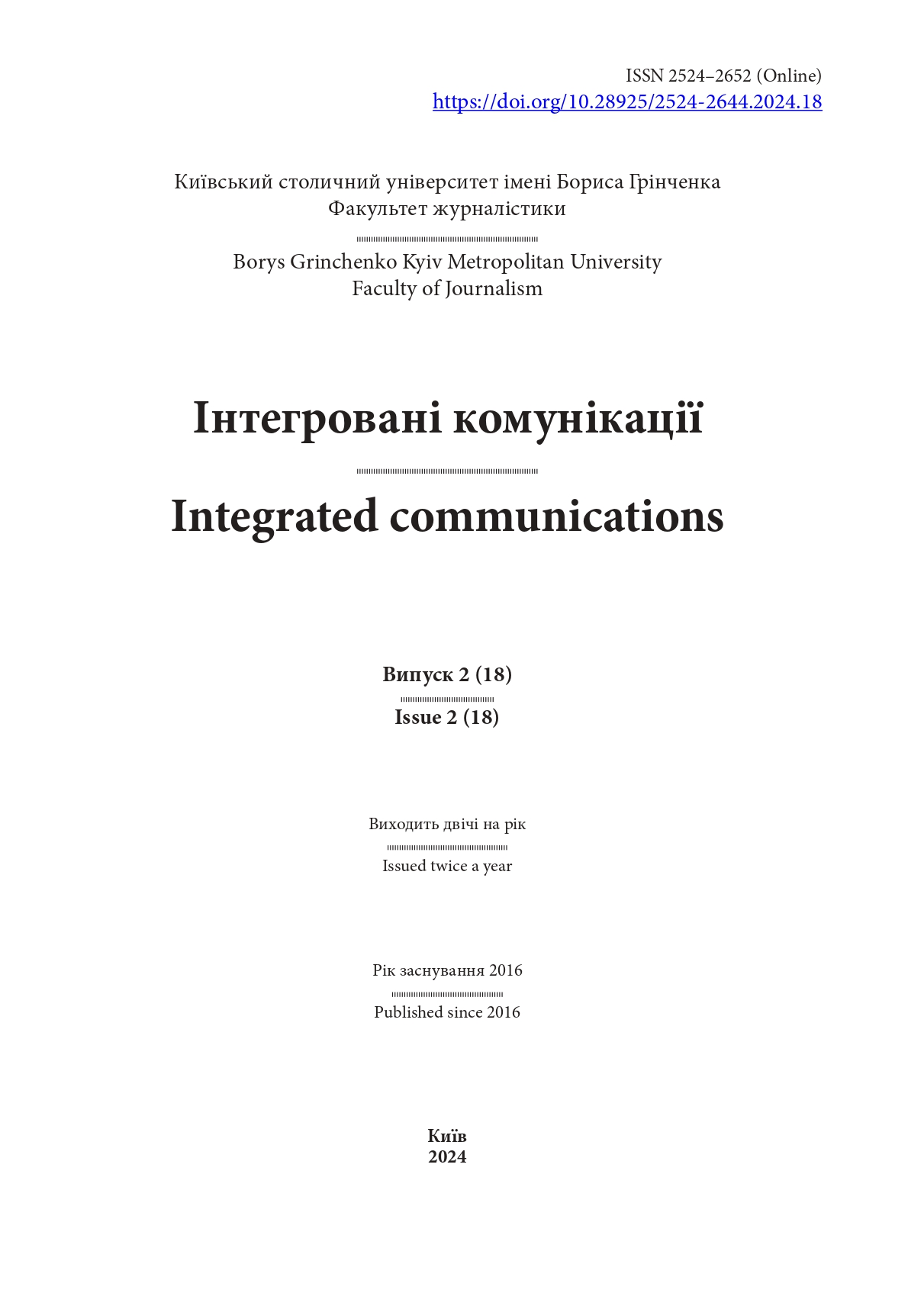THE USAGE OF MULTIMEDIA FOR CHILDREN AND ADOLESCENTS IN EDUCATIONAL PROCESS
Abstract
More and more, multimedia in its various types and forms is becoming an integral part of learning for children and children with special educational needs (SEN). After all, multimedia provides ease and visibility of the presented material, develops the skills of full-fledged interaction of children with the help of special tools and high-quality modern software, improves memory, and gives a feeling of enthusiasm for the subject, which is their primary task.
Experts and researchers in this field are increasingly addressing multimedia development issues today, especially in the context of game multimedia applied to children, in scientific publications. However, there is a lack of thorough research that considers multimedia for children's learning an issue. A traditional and inclusive program, as well as research, provides requirements for the multimedia content of these publications, which is outlined in this work.
The article examines the methods of multimedia influence on the children's audience and ways to improve interaction with children through the latest media in general. The classification of the types of media most often used at the training stage is given. Attention is paid to the quality of multimedia and multimedia content in the context of these publications. Having chosen as the goal of the research the analysis of the main elements of multimedia and the evaluation of the effectiveness of their application, using the methods of analysis and synthesis, induction and deduction and comparison, multimedia and multimedia elements of electronic publications in the modern Internet were thoroughly investigated, the classification of those multimedia of greatest interest was identified and proposed for children and considered multimedia in the context of their quality. Emphasis is placed on the special preparation of multimedia by specialists with special knowledge and skills, ensuring both the perfection of their content and the form of display.
Downloads
References
Josan, O. E. (2011). Vykorystannia multimedijnykh navchalno-ihrovyh posibnykiv: Metodychnyj aspect. In A. B. Ivanko & A. S. Byk (Eds.), Naukovo-metodychne zabezpechennia modernizaciji systemy osvity. Metodychnyj visnyk (Vol. 47, pp. 236–239). Kirovograd.
Larionova, N. (2020). Elektronni osvitni igrovi resursy v osvitnomu procesi pochatkovoyi shkoly: Naukovo-metodychnyy posibnyk. Drukarnia Madryd.
Piskozub, L. J. (2021). Kultura grafichnogo kontentu elektronnykh vydan (na prykladi navkoloknyzkovykh portaliv). In Mizhnarodna naukovo-praktychna konferenciia "Zhurnalistyka, PR, media i komunikatsii: tradytsii i novi pidhody" (pp. 131–135). Baltia Publishing.
Piskozub, L. J. (2023). Jakist tekstovogo kontentu web saytiv u cyfrovu epokhu. Polihrafiia i vydavnycha sprava, 2(86), 295–303.
Rusecka, O. V. (2022). Vykorystannia multimedijnykh tekhnologij v inkluzyvnij osviti. In Suchasni problem nauky: tezy dopovidej XXII Mizhnarodnoji naukovo-praktychnoji konferencii zdobuvachiv vyshchoji osvity i molodykh uchenykh (pp. 263–264). Nacionalnyj aviatsiijnyj universytet.
Chebotariova, O. V., Blech, G. O., Bobrenko, I. V., Gladchenko, I. V., Trykoz, S. V., Miakushko, O. I., Sukhina, I. V., et al. (2023). Suchasni tekhnologii psychologo-pedagogichnogo suprovodu ditej z porushenniamy intelektualnogo rozvytku v umovakh kryzovykh vyklykiv (O. V. Chebotariova, Ed.). ISPP imeni Mykoly Jarmachenka NAPN Ukrainy.




